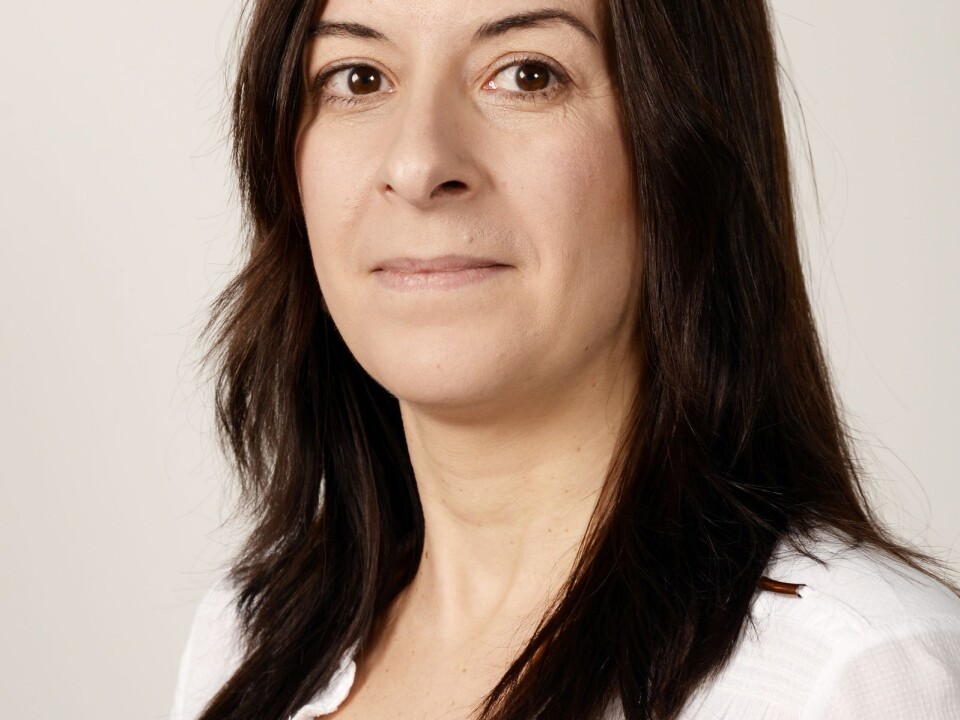This article was produced and financed by Norwegian centre for E-health research

Diabetes patients want more information about research
Research shows that diabetes patients do not just want to receive information about nutrition, but are also interested in learning about research and innovation. A new project will investigate how this can be done via social media.
In cooperation with the Norwegian Diabetes Association, Elia Gabarron, a researcher at the Norwegian Centre for E-health Research, is conducting research on the use of social media for diabetes.
Research shows that the wellbeing of people affected with diabetes improves and that they greatly benefit from information about the disease on social media. Gabarron carried out a systematic review, which shows that people with diabetes might feel better after receiving support or relevant information about the disease on social media platforms.
She wanted to use this as a starting point for further research. In the new research project ‘Social Media for Health Promotion in Diabetes’ she looks at how the Norwegian Diabetes Association can use platforms, such as Facebook, Instagram and Twitter to distribute information to their members.
“We came up with the idea of using social media platforms to provide diabetes patients with the contents they would like to find, as my earlier research shows they greatly appreciate this,” says Gabarron.

To find out which type of content would be popular for them, the researcher asked the Norwegian Diabetes Association’s followers this question: What kind of health information you would like to find on social media platforms?
Thereafter, healthcare professionals were also asked: In your view, what kind of information on diabetes these users should receive?
The responses from both groups were entirely different.
Patients want to read about research and innovation
Gabarron discovered that the content the patients believed to be most important to them, was the same as the content the Norwegian Diabetes Association posts on its social media platforms.
But surprisingly, the users wanted to know more about research on diabetes.
“In their responses, they said they were very interested in receiving more information about research, which was quite surprising,” says Gabarron.
More than 300 people from all age groups and with different types of diabetes responded to that questionnaire.
Measuring the number of ‘likes’
Gabarron is now going to provide this content through the Norwegian Diabetes Association’ social media channels.
She will measure and analyse the number of likes and comments on this content, which the diabetes patients say they want, and the content that the healthcare professionals think are important. She will also measure how often it is shared.
The objective is to determine whether the users actually like the requested content on research and innovation or whether they are just saying they do, but in fact find it boring.
In addition, the Norwegian Diabetes Association’s Facebook followers will receive a questionnaire every six months to give the researchers more clues.
“We want to find out if the requested content is more meaningful to them than the content on social media platforms they find less relevant.”
Healthcare professionals are skeptical
Gabarron found that healthcare personnel viewed research information on social media platforms as less significant.
“They believed that self-management was primarily the most important, and would reach the patients,” she points out.
The project will end in 2020 and Gabarron is excited about the results.
“We expect the results to show that support and relevant information for the patient groups on social media platforms could improve their wellbeing,” says the researcher.
Social media can help lower glucose levels
Other research in the field has shown that diabetes patients feel better after receiving support and relevant information on social media. It can even help lower glucose levels. In 16 of the 20 research publications on diabetes and social media that it was measured the glucose levels of users prior to and after being on Facebook, Twitter or other social media, 13 reported lower glucose levels.
“Based on this, it seems that social media really might help the patients,” says Gabarron, who has published a summary of this research in her article "Rapid Social Media Use in Interventions for Diabetes: Rapid Evidence-Based Review."
Most of the studies that show that social media helps glucose levels, were conducted with young people affected with Diabetes Type I. Gabarron believes the studies demonstrate that the users are there and want information. Yet, are healthcare personnel ready to distribute it this way?
“They are probably more traditional and sceptical. In my view, they should be more open, even though many are already very positive. It’s a nice way to reach out to patients,” she says.
More research should be done
Facebook groups are very common in Norway, and the Norwegian Diabetes Association’s social media platforms have more than 40,000 members.
“This is a perfect way to distribute relevant information and it is incredibly exciting that the research results show lower glucose levels in some diabetes patient groups. Why not conduct more research on this?
She believes that the practice could easily be transferred to other patient groups, for example, adolescents to spread information about STDs or to reach the chronically ill.

































